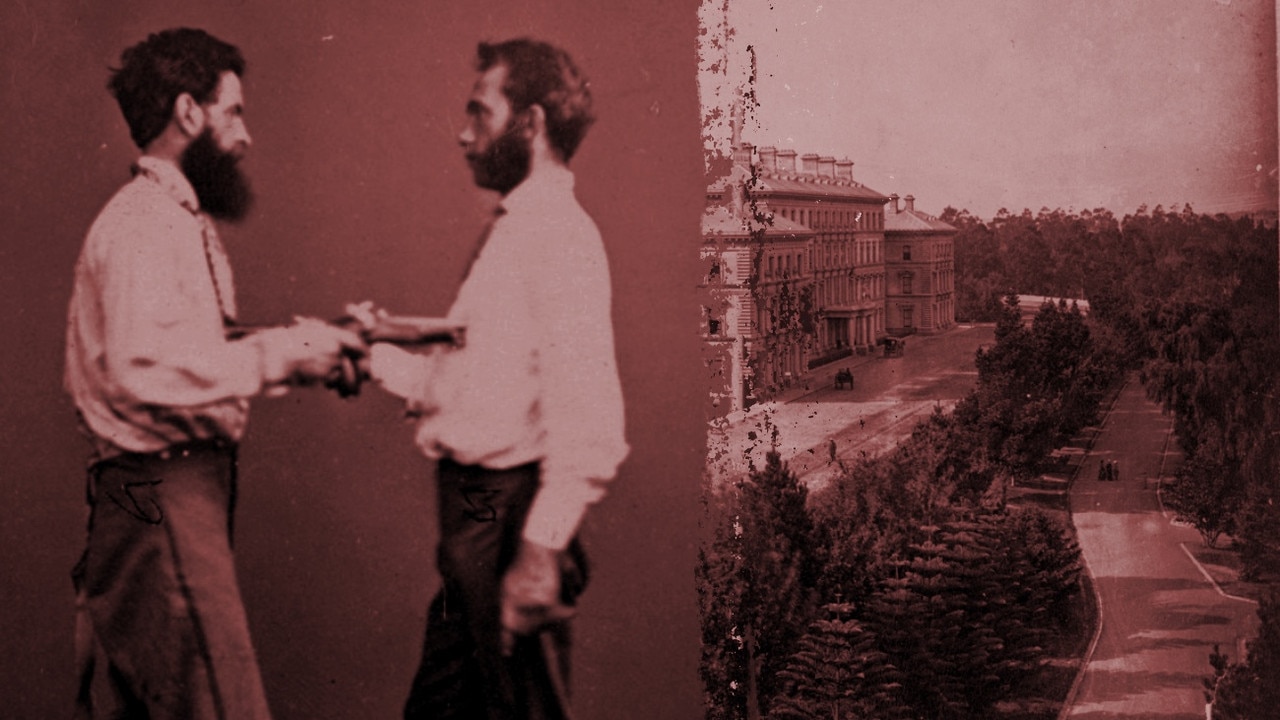Rosstown, Springvale Cemetery, Kew: Melbourne’s phantom railway lines
THEY were built to service steam engines and carry the dead and the supposedly insane. Melbourne’s vast network of disused train lines is littered with ghostly relics and fascinating history.

Melbourne
Don't miss out on the headlines from Melbourne . Followed categories will be added to My News.
MELBOURNE is a city of phantom railway lines that once serviced the earliest inhabitants of the city.
Built and then removed or repurposed into light rail, a total of 11 complete railway lines and 71 stations have been closed across the city.
Some have left their mark on Melbourne as bicycle paths or parks - such as the Inner and Outer Circle lines - while others have disappeared off the map with only a few ghostly stations left behind.
HOW WELL DO YOU KNOW MELBOURNE’S RAILS? TAKE THE QUIZ
The most recent railway station to close is General Motors (on the Pakenham Line) in 2002, which once serviced the now demolished car factory between Dandenong and Hallam.
The most recent railway lines to close are Port Melbourne and St Kilda, which were closed in the 1980s and subsequently converted to light rail.
Here’s a look at some of the city’s former railways.

Kew railway line
The Kew railway line ran from Hawthorn to Kew and was opened in 1887, with the first train leaving Princes Bridge station (now Flinders Street) on December 19, 1887.
The Kew line ran from Hawthorn station, running parallel to the Lilydale line for several hundred metres before diverging off to the left.
The line was around 1.5km long with only two stations — Barker and Kew.
On 18 August 1952 -with declining passenger numbers — the line was stopped and eventually decommissioned by 1957.
The Hawthorn and Kew Railway (Dismantling) Act was passed on 9 December 1958 and the line was demolished.
Kew station was demolished and the site is now occupied by VicRoads head office, with the area between Barker and Kew stations now a carpark and driveway.
WHAT SHOULD MELBOURNE’S NEW TRAIN STATIONS BE CALLED?
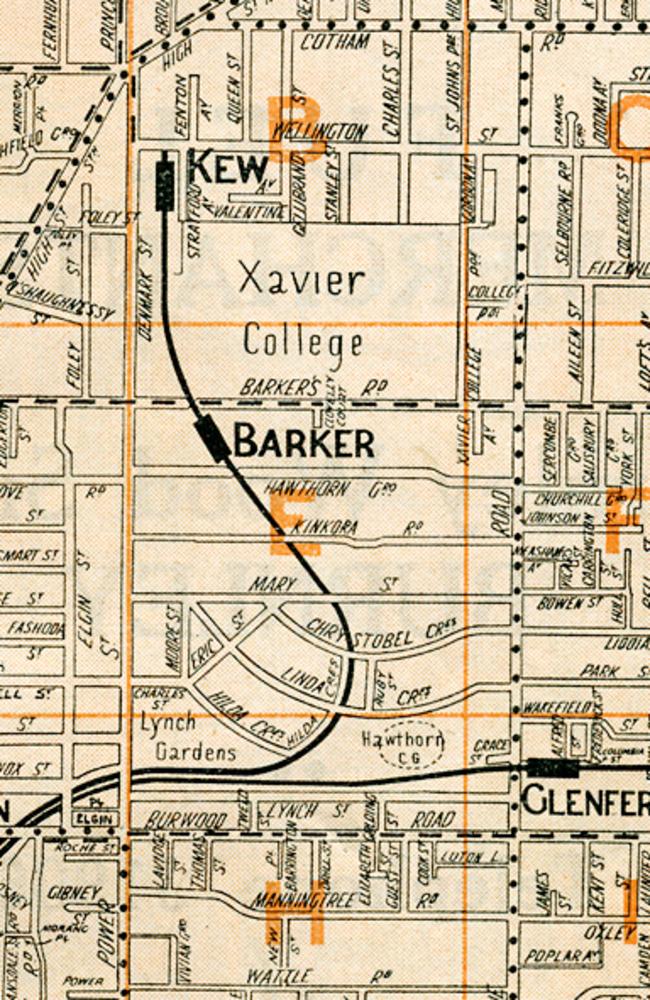

Healesville railway line
The Healesville railway line was the non-electrified continuation of the suburban Lilydale line, extending into the Yarra Valley.
The Lilydale railway line was extended in 1888 with stations at Coldstream and Yering in the Yarra Valley, and then extended again to Healesville in 1889.
The passenger services generally ran as a shuttle between Lilydale and Healesville stations and freight trains transported timber, livestock, and dairy products.
The last regular steam passenger service was in August 1964, and from this time until closure of the line in 1980, passenger services were run using diesel-electric rail motors.
The line was officially closed on 10 March 1983 and is now used to run tourist steam trains.
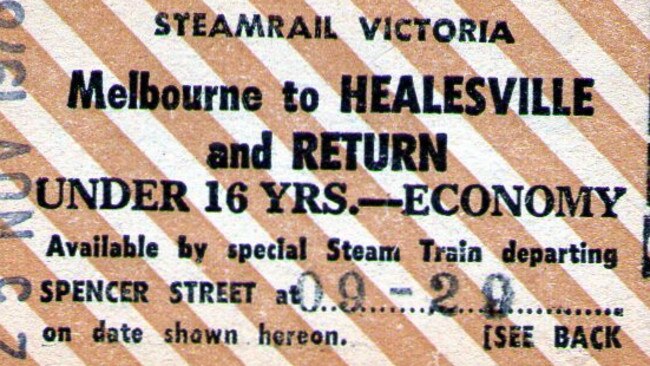
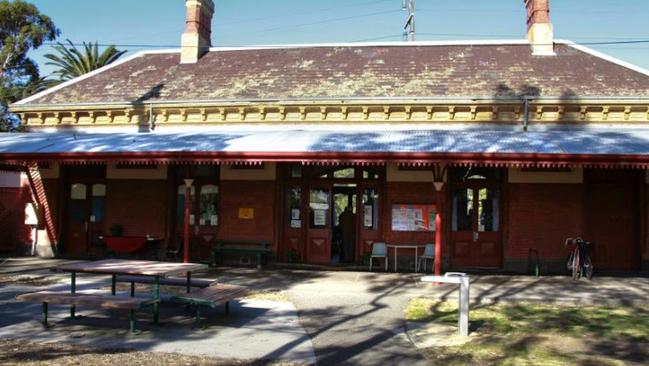
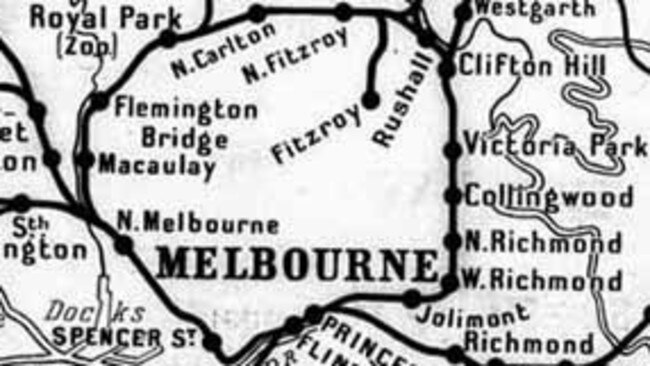
Inner Circle railway line
The Inner Circle line was opened on May, 8, 1888 with three stations: North Carlton and North Fitzroy on the main line, and Fitzroy on a short branch of the line that went through the Edinburgh Gardens.
When the line first opened, services ran from Spencer Street to the terminus at Heidelberg station (which is now on the Hurstbridge line).
In 1901 a new direct line to Clifton Hill was built from Flinders Street Station which proved a more popular route and passenger numbers started to dwindle on the Inner Circle.
The line was eventually closed to passengers in 1948 but continued as a freight route until it was officially closed in 1981.
The rails were removed after the final closure, except for some short sections at former level crossings which can still be seen today.
The line was converted into a 30km bike path and walking track circling the city.
Of the three former stations, only North Carlton still stands and it has been converted into a community centre.
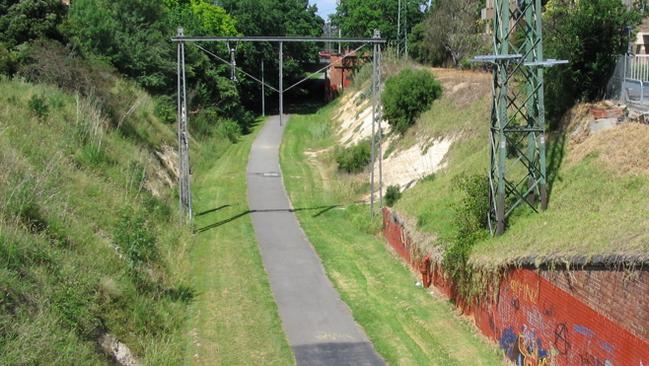
Outer circle railway line
The Outer Circle Line ran through Melbourne’s eastern suburbs, from Fairfield station (formerly ‘Fairfield Park’) through to Oakleigh.
Services commenced on the line in 1891, covering areas of Melbourne that were essentially still farmland.
The was broken up into sections, with different train services running for a few stops on each, leaving passengers to change trains to continue on for another two stops.
By 1893, sections of the railway had been closed down, and by 1897 the whole ten kilometre length was out of service.
In 1900, a few sections reopened with a steam train in operation but these were eventually shut down in 1926 when it was decided not to electrify the rail line.
Today, the Outer Circle Rail Trail cycle path retraces some of the old route.
Port Melbourne and St Kilda Railway lines
The Port Melbourne railway line was built to carry passengers arriving at Station Pier by ship into the city.

Work began on the line in March 1853 and it was opened in September 1854, with 4km of track between the Melbourne city and Sandridge, as Port Melbourne was known then.
According to the Argus newspaper: “ a great crowd assembled round the station at the Melbourne terminus, lining the whole of Flinders Street”, for the trains first trip.
The St Kilda line followed in 1857, branching off the Port Melbourne line to finish at St Kilda station.
Both lines was electrified in the 20th century and then were eventually converted into a light rail service in the 1980s, with the 109 and 96 trams continuing to use this route today.
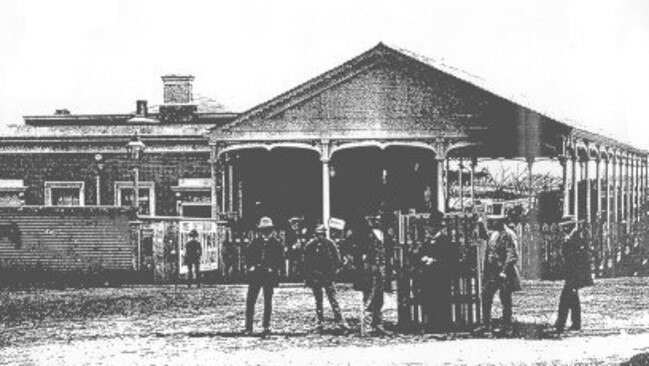

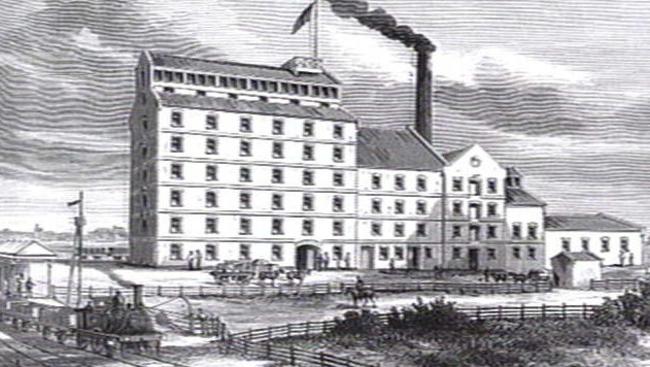
The Rosstown railway line
The Rosstown Railway was a private railway line running between of Elsternwick and Oakleigh.
William Murray Ross emigrated to Melbourne from Liverpool in 1852 and one of his many ambitions was to build a sugar mill close to the city with a dedicated railway line to transport the processed sugar from the mill to Elsternwick.
Construction of the railway began in September 1883 and was completed only two months later in November 1883. But shoddy workmanship prevented it from being given a licence to operate. Four years later construction resumed in 1887 and it was completed in 1888.
The railway was never used for its intended (or any other) purpose, and quickly fell into disrepair.
Springvale Cemetery railway line
The Springvale Cemetery railway line branched from the now Pakenham Line at Springvale railway station for a short 1.87km journey to the Springvale Cemetery.
The line opened on 7 February 1904 and was used to transport corpses, funeral processions and visitors to the Necropolis.
Special hearse carriages were constructed to transport the coffins at the back of the train, while the mourners travelled up front.
Services for transporting corpses ceased in 1943 and the visitor’s service was suspended from 1950, with the line subsequently dismantled.

Mont Park railway line
The line was opened in 1911 to serve the Mont Park Lunatic Asylum, with construction costs paid by the government health department.
The line ran from Macleod to Mont Park, with just the single station at the end near the asylum.
The line was electrified in 1928 and eventually closed in 1964 with much of the track removed.
The Mont Park Asylum was closed in the 1990s and the site is now part of La Trobe University and private housing developments.

